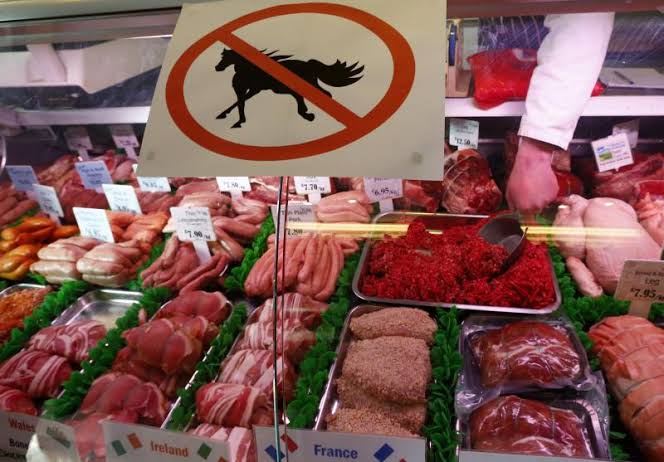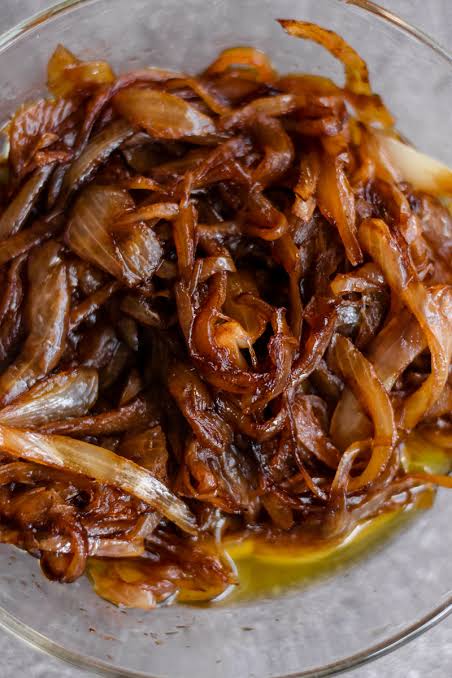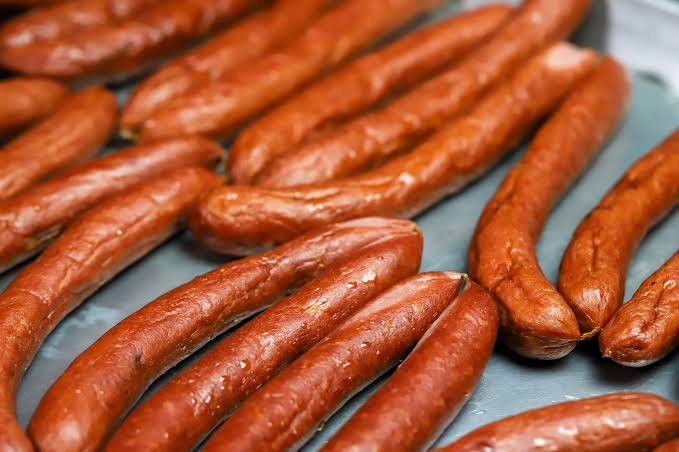Although Traeger grills are renowned for their dependability and performance, issues can occasionally arise. One typical problem is that sometimes the lid doesn’t close all the way. There are several possible causes for this, including as warped lids, worn-out gaskets, bent hinges, etc. In this article, we will list and explain different reasons why your Traeger lid does not close all the way. Let us dive right in.
Why does Traeger Lid Not Close All The Way?
The hinges may be bent or misaligned
The hinges on a Traeger lid may be deformed or misaligned, which is one of the most frequent causes of lid failure. This may occur as a result of unintentional lid slamming or normal wear and tear over time. The lid will not close correctly if the hinges are bent, and you could also notice that the closed lid is not level.
Worn-out gasket
The gasket is a rubber seal that encircles the lid’s edge and aids in producing a tight seal. Heat and smoke may leak via a worn-out or damaged gasket, which may also make it difficult for the lid to close correctly. You can check the gasket for rips or cracks, which are indications of wear and tear. The gasket will need to be replaced if it is damaged.
Warped lid
Your Traeger lid can be bent if it has been exposed to extremely high or low temperatures. Not only may a warped lid make it difficult to close, but it can also interfere with temperature regulation. You will need to repair your lid if it is warped.
Obstruction
Prior to closing the lid, you must remove any blockage that may be preventing it from shutting correctly, such as a piece of food or a cooking equipment.
How to fix a Traeger lid that won’t close all the way
Finding the source of the issue is the first step. Try to unscrew the hinges and then tighten them again while the lid is closed if the hinges are bent. The gasket needs to be replaced if it is worn out or damaged. In addition, you will have to replace the lid if it is warped.
Just clear the obstruction and try closing the lid once more if it was created by food particles or kitchen tools.
How to prevent your Traeger lid from becoming warped or damaged
Following these guidelines will help you keep your Traeger lid in good condition and ensure that it closes properly for many years to come. If you have tried all of the above and the lid is still not closing all the way, you may need to contact Traeger customer support for further assistance. Avoid exposing your grill to extreme heat or cold. Clean the lid on a regular basis with a mild soap and water solution. Apply a thin coat of oil to the lid after cleaning it to help protect it from the elements.
Frequently Asked Questions:
1. Why is my lid not closing properly after putting on lava lock gasket?
There are a few reasons why your lid may not be closing properly after putting on a Lava Lock gasket.
- The gasket is too thick. Lava Lock gaskets are available in different thicknesses, so it’s important to choose the right one for your grill. If the gasket is too thick, it may prevent the lid from closing all the way.
- The gasket is not installed correctly. Make sure that the gasket is properly aligned and seated around the lid. If the gasket is not installed correctly, it may create a gap that allows smoke and heat to escape.
- The grill lid is warped. If the grill lid is warped, it may not sit flush against the gasket, which can prevent it from closing properly.
- The grill hinges are bent. If the grill hinges are bent, they may not allow the lid to close properly.
To troubleshoot the problem, try the following:
- Check the thickness of the gasket. Make sure that the gasket is not too thick for your grill lid. If it is, you can try using a thinner gasket or trimming the existing gasket to size.
- Check the installation of the gasket. Make sure that the gasket is properly aligned and seated around the lid. If it’s not, remove the gasket and reinstall it carefully.
- Check the grill lid for warping. If the grill lid is warped, you may need to replace it.
- Check the grill hinges for bending. If the grill hinges are bent, you may need to repair or replace them.
If you’re still having trouble getting the lid to close properly, contact the manufacturer of your grill for assistance.
Here are some additional tips for installing a Lava Lock gasket:
- Clean the lid and gasket surfaces thoroughly before installation.
- Use a primer on the lid and gasket surfaces to improve adhesion.
- Apply the gasket to the lid using a steady, even pressure.
- Allow the gasket to cure for at least 24 hours before using the grill.
If you follow these tips, you should be able to install a Lava Lock gasket that will help to improve the seal of your grill lid and prevent smoke and heat from escaping.
2. How to seal a grill lid
There are two main ways to seal a grill lid:
- Use a high-temperature gasket. This is a strip of material that is designed to withstand extreme heat and prevent smoke and heat from escaping the grill. To install a gasket, simply measure the circumference of the grill lid and cut a piece of gasket to the same length. Then, remove the old gasket (if there is one) and apply the new gasket to the lid, following the manufacturer’s instructions.
- Use high-temperature sealant. This is a type of caulk that is designed to withstand extreme heat and seal gaps and cracks in the grill lid. To use sealant, simply clean the area around the gap or crack and apply the sealant according to the manufacturer’s instructions.
Here are some specific steps on how to seal a grill lid using a high-temperature gasket:
- Remove the old gasket (if there is one). This can usually be done by hand, but you may need to use a putty knife or other tool to pry it loose.
- Clean the area around the lid where the gasket will go. You can use a degreaser or soapy water to remove any dirt or grease.
- Cut a piece of high-temperature gasket to the same length as the circumference of the lid.
- Apply a thin bead of high-temperature adhesive to the back of the gasket.
- Carefully press the gasket into place around the lid.
- Allow the adhesive to dry completely before using the grill again.
Here are some specific steps on how to seal a grill lid using high-temperature sealant:
- Clean the area around the gap or crack in the lid. You can use a degreaser or soapy water to remove any dirt or grease.
- Allow the area to dry completely.
- Apply a thin bead of high-temperature sealant to the gap or crack.
- Use your finger or a putty knife to smooth out the sealant.
- Allow the sealant to dry completely before using the grill again.
Tips:
- Make sure to use a high-temperature gasket or sealant that is specifically designed for grills.
- Apply the gasket or sealant evenly and carefully to ensure a good seal.
- Allow the adhesive or sealant to dry completely before using the grill again.
- Sealing your grill lid will help to improve the efficiency of the grill and prevent heat and smoke from escaping. It will also help to keep your food more flavorful and juicy.
Thanks for reading.



